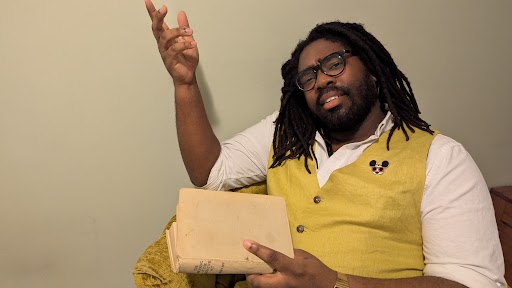October 28, 2025
DOJ Attorneys Suggest Possibility of Third Trump Term, Ignoring Constitutional Limits

In a recent courtroom exchange that has raised eyebrows and constitutional questions, attorneys, including a representative from the Justice Department, seemingly entertained the notion of President Donald Trump seeking a third term in office—an idea that directly conflicts with the 22nd Amendment of the U.S. Constitution. This amendment explicitly limits presidents to two terms in office, a safeguard against the type of extended rule that the early architects of American democracy sought to prevent.
The discussion occurred during arguments in front of a Sixth Circuit panel in Cincinnati, where DOJ attorney Sean R. Janda and opposing lawyer Robert J. Olson made references to an administration potentially lasting "seven years" into the future, implying a third term for Trump. This speculative timeline was neither challenged nor questioned by the judges presiding over the hearing, sparking concerns about a serious constitutional oversight in real-time legal discourse.
The absence of judicial challenge to these remarks highlights a troubling disregard for the constitutional boundaries set to protect American democracy. Legal observers and constitutional scholars argue that such comments should have been immediately flagged and addressed by the judges or at least clarified to align with the legal framework governing presidential terms.
This incident taps into a broader political narrative that has been simmering since Trump's presidency, fueled by comments from figures like former White House Chief Strategist Steve Bannon, who has publicly claimed that there are ways around the 22nd Amendment. These assertions, coupled with playful hints from media personalities about "wiggle room" in the constitutional text, suggest a growing gap between the established legal norms and political rhetoric.
The implications of such discussions are profound, touching on the integrity of the U.S. constitutional system and the rule of law. If unchecked, they could set a precedent that might encourage future administrations to attempt similar constitutional sidesteps, potentially destabilizing the political landscape and undermining public trust in the legal safeguards designed to protect democratic governance.
It is a critical moment for judicial clarity and adherence to constitutional principles, reminding those in power that the rule of law is not a mere suggestion but the foundation of American governance. As this situation develops, it will undoubtedly become a focal point for discussions on presidential power limits and the resilience of U.S. democratic institutions.